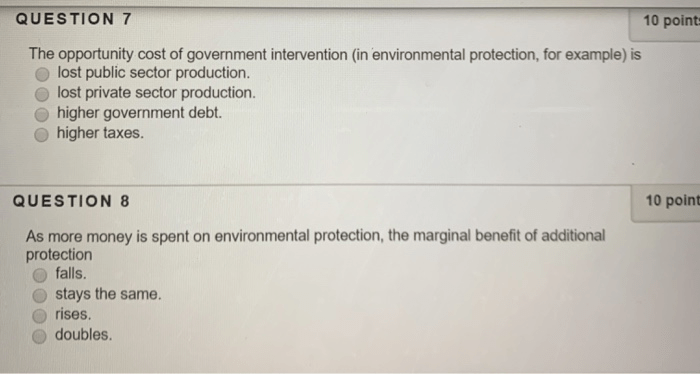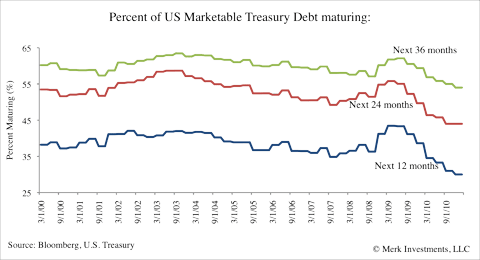An HOA Accounting Guide For HOA Board Members HOAM
Content
- By accessing and using this page you
- Modified Accrual Basis of Accounting
- I’m Ready to Hand Off my HOA Accounting to Community Financials – Where Do I Start?
- Who Should Prepare HOA Accounting Reports?
- HOA and Condo Community Financial Reporting
- Accounts Payable Report
- How Revenues and Expenses are Recorded

With so much money going in and out, sometimes on a daily basis, it can be a challenge to stay on top of it all. Furthermore, HOAs must file taxes, which is nearly impossible when you don’t have your community’s expenses organized from the very start. To help you out, here are the HOA accounting hoa accounting standards you must consider. Understand their situation and never reveal the status of their financial health to other homeowners in the community. It’s also not recommended to restrict their access to amenities or shut off their utilities during a trying period in their life.
However, you already receive a lot of remote services from credit card companies, utility companies and banks. For funds to be moved from the reserve account to an operating account (to pay for capital project invoices for example) Community Financials requires this request be in writing by 2 board members. A key part of financial transparency is access to banking information. We selected one of the few national banks that specializes in HOAs and Condo banking to work with. For a smaller community this can be all that is needed along with a willing volunteer to handle the accounting.
By accessing and using this page you
Most HOA board members don’t actually grasp all the association’s financial details. As a result, every association should consider an audit (at least periodically) to take a closer look at the HOA financial condition. This blog article is not intended to be the rendering of legal, accounting, tax advice or other professional services. Articles are based on current or proposed tax rules at the time they are written and older posts are not updated for tax rule changes. We expressly disclaim all liability in regard to actions taken or not taken based on the contents of this blog as well as the use or interpretation of this information. Information provided on this website is not all-inclusive and such information should not be relied upon as being all-inclusive.
- Sometimes, members in a neighborhood do not like each other, yet they own properties in the same area.
- Using the cash basis, the association reports revenues when it receives them, not when it earns them.
- Payments made online and mailed checks sent to a lockbox go directly into the community’s bank account, avoiding hold-ups and misplaced checks.
- Your general ledger is where you record all of your accounting transactions following the date of occurrence and a numerical order you set known as the HOA chart of accounts.
- With the modified accrual basis method, the amounts for Prepaid Assessments and Assessments Receivable will be the same as the amounts on the Balance Sheet, just as with the accrual basis method.
Most homeowners associations can legally fine residents when they violate the governing documents. This is a common consequence or penalty used to discourage breaches. But, an HOA can only impose fines if state laws or its governing documents give them the power to do so. The legal authority of homeowners associations is bestowed upon them by state law and their governing documents. The extent of this authority can vary from HOA to HOA, though, so homeowners must check to make sure.
Modified Accrual Basis of Accounting
In a financial audit, the CPA must understand the fraud risk and the internal control processes. The CPA must also corroborate the account balances and financial statement disclosures. In a financial statement review, the CPA will perform mostly analytical procedures and inquiries to support the CPA opinion. Testing is performed to determine accuracy of the accounting records. The CPA must also report any significant or material weaknesses in the organization’s internal control structure.
But if it is not legally required, it is really up to the discretion of the board. HOA audit fees can vary widely based on the association’s location and size. Associations in larger cities will experience higher fee structures.
I’m Ready to Hand Off my HOA Accounting to Community Financials – Where Do I Start?
If you only need help with accounting, though, it might be better to seek help from an accounting firm, CPA, or a financial management company. HOA accounting can be very confusing — enough to make you use the wrong accounts when recording revenue and expenses. Far too many associations have made the mistake of deducting from their operating fund when they meant to deduct money from their reserve fund. It might seem like a small error, but it can throw your whole accounting setup into chaos. Lastly, the cash disbursements ledger lists down all of the checks your association has written and issued for the period specified. Otherwise known as a check register, this report consists of information such as the check’s recipient, the check date, and a description of the expense.

A comprehensive audit involves the checking of records to ensure they comply with basic accounting principles. Therefore, it’s the only one you can use for official recording and reporting. This is also the basis of accounting that homeowner’s associations use. The Accrual Basis works in vast contrast to the Cash Basis of accounting. Using this method, you report revenues when they are earned as opposed to when money is received.
Who Should Prepare HOA Accounting Reports?
Individuals who purchase properties with an HOA become members automatically and are legally bound by its rules. Members are required to pay subscription fees, otherwise known as HOA fees. A homeowner’s association (HOA) is a private organization formed by property developers to establish and enforce internal regulation that controls land use.
- Next up we’ll mail out a letter to all your vendors to change their billing address so invoices come to us.
- Therefore, it’s the only one you can use for official recording and reporting.
- Break down your expense accounts into more specific accounts such as “Legal Fees” and “Maintenance Supplies.” In doing so, you can more accurately track where your HOA’s money is going.
- This can help reduce the costs of accounting for your business, making homeowners’ association accounting software an intriguing investment.
- Of course, not all information needs to be publicly accessible, but you should include everything that can be included.
- Remember; dealing with a bankruptcy is a very delicate process, and one that should not be taken lightly.
- Associations in larger cities will experience higher fee structures.
Each listing should include important information such as the transaction date, the amount, and the accounts involved. For those unfamiliar, accounting is carried out using a double-entry system, meaning https://www.bookstime.com/articles/invoice-financing that an entry on one side of the ledger must be matched by another entry on the other side of the ledger. The cash basis accounting method records expenses and income when money changes hands.
Revenues & Expenses
By familiarizing yourself with accounting, you can safeguard your association’s finances. Your accounts payable report details all of your association’s payables. This report has a receivable counterpart, usually known as the account delinquency report, which shows all of the money owed to the association. Your income statement depicts your association’s income and expenses for the period specified (usually for the month). It lists down all your revenues as well as your expenses, deducting the latter from the former to arrive at your net income or loss.
Are there any other HOA’s or accountants out there who can provide their thoughts or recommendations on the program version. As a board member, you may opt for either one of these reports annually or not; it really is up to you, as they are not necessarily required. But, having some understanding of these various reports and what they entail will help you make that decision when all is said and done. If you elect the Cash Basis, the amounts for Assessments Receivable, Prepaid Assessments, and Accounts Payable will not be reported on the Balance Sheet. One of the most significant is to monitor the community’s financial health. First of all, the HOA may require annual audits based on state law or the bylaws.
As a Board member, do you currently get access to the software where your community data is stored? Do you have a library of prior financial statements you can view online? We offer the two market leading community management & accounting software used in the industry. If you find it too much of a struggle trying to manage your homeowners association’s finances on your own, it may be time to outsource those services.







